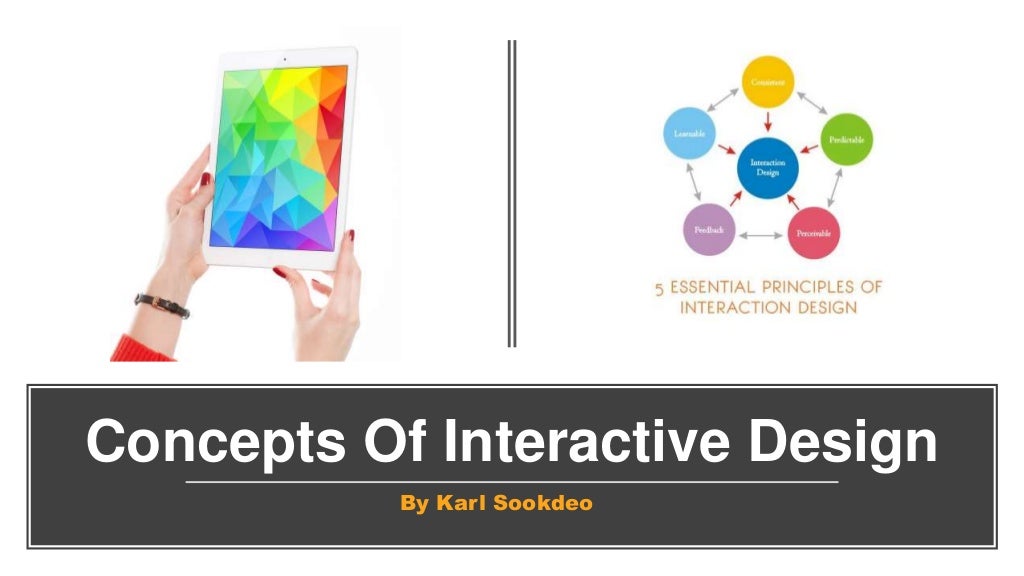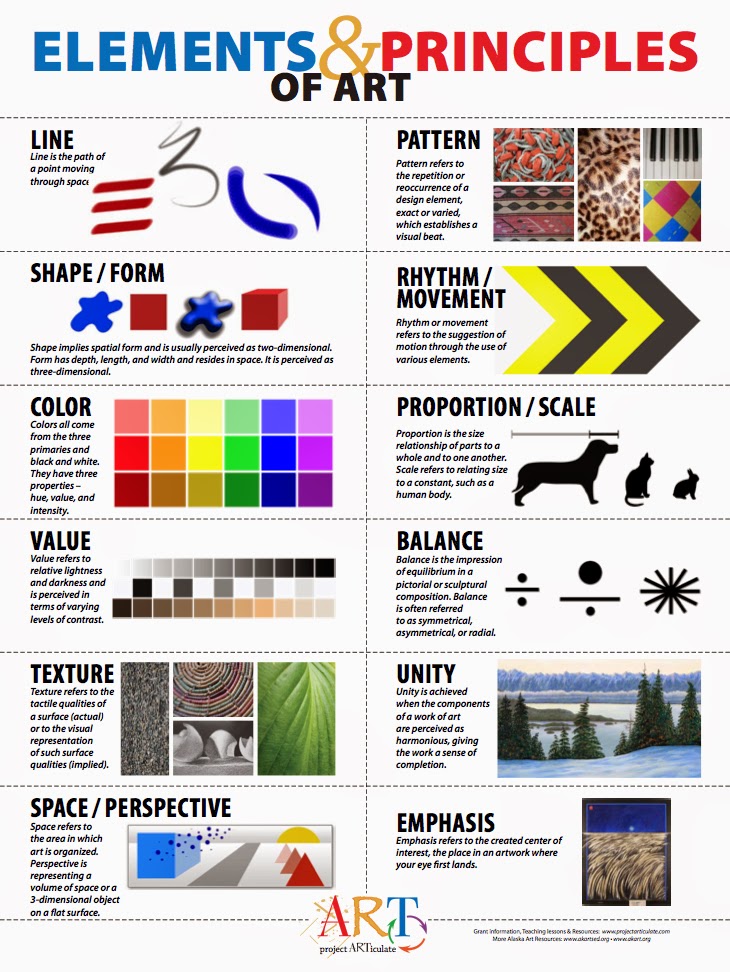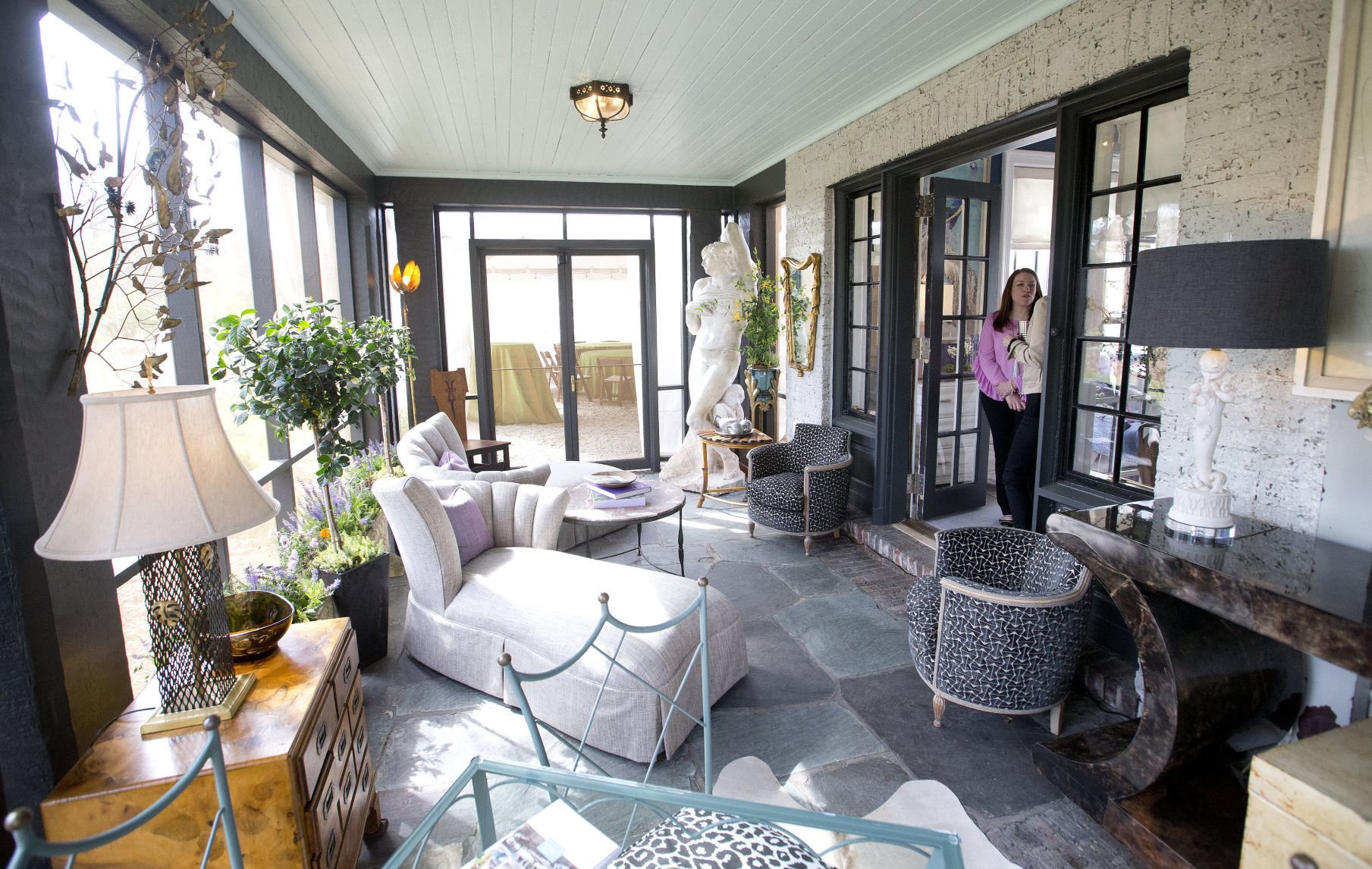Table Of Content

Attention to detail elevates the user experience, while environmental consciousness promotes sustainability. Simplicity remains a guiding principle, converting complexity into elegant solutions. These qualities align with Dieter Rams's ten principles, ensuring products are practical and visually appealing while minimizing unnecessary complexity. Following these vital attributes of a good design will make your design accessible and attractive. Each quality mentioned caters to some element a user might look for in any product or web design.

Literature on design principles
See how design choices, interactions, and issues affect your users — get a demo of LogRocket today. Conceptual design is a dynamic process, demanding continuous refinement grounded in user and stakeholder feedback. Seek feedback early and consistently to guide design choices throughout the entire process. As you transition from concept to final design, these sources of inspiration will guide your entire team in realizing your vision.
Literature on Design Thinking (DT)
Depending on time constraints, you will gather a substantial amount of information to use during the next stage. Design thinking is a broader framework that borrows methods from human-centered design to approach problems beyond the design discipline. It encourages people with different backgrounds and expertise to work together and apply the designer’s way of thinking to generate innovative solutions to problems. In the “Ideate” phase, the team synthesizes the insights gained to brainstorm a wide array of creative solutions. This stage encourages divergent thinking, where teams focus on quantity and variety of ideas over immediate practicality.
The 5 Stages in the Design Thinking Process
You’ve brainstormed, come up with all sorts of ideas, and worked with your team to boil those ideas down to the ones you think may actually solve the problem you’ve defined. A 12-month program focused on applying the tools of modern data science, optimization and machine learning to solve real-world business problems. IDEO is a leading design consultancy and has developed its own version of the design thinking framework and adds the dimension of implementation in the process. HCD has a much narrower focus and aims to create and improve products. Systems thinking looks at the larger picture and aims to change entire systems.
New Ocean Beach Pier concept design to be revealed to community - ABC 10 News San Diego KGTV
New Ocean Beach Pier concept design to be revealed to community.
Posted: Fri, 05 Apr 2024 07:00:00 GMT [source]
Volkswagen unveils new SUV design language via ID.Code concept - Team-BHP
Volkswagen unveils new SUV design language via ID.Code concept.
Posted: Thu, 25 Apr 2024 10:39:14 GMT [source]
While repetition occurs when the same elements are repeated throughout a design, a pattern is composed of different components repeated in the same way. Think of the way gift wrapping is usually made up of a few different repeated elements—that's a pattern. People tend to get confused between repetition in patterns, which is understandable, as they both deal with repeated elements. Rather than letting the viewer’s eye settle on a focal point, rhythm encourages viewers to move their eyes across the entire piece, following the lines and forms to their natural endpoints. Notice how the most important parts like the logo and navigation menu are at the top, while the secondary information like clients and chatbot is at the bottom.

You can’t just flip a switch and create beautiful designs on a whim. Like learning to walk before you run, there are certain fundamentals you’ve got to learn first. This can be as straightforward as simply posing the problem (see the first step) and creating a list of potential solutions. Concepts are essentially thoughts—which is to say, they are scattered words in our minds.
This might sound like nonsense, but visual communication (such as graphic design) requires meaning in order to convey a message. This means that to create an effective design you must have a reliable way of establishing a core, compelling idea early on in each project. Great user experience design surpasses good design by blending innovation, user-centric functionality, and aesthetic brilliance. While good design meets expectations, great design exceeds them, offering an experience that resonates more deeply. It portrays a thorough understanding of users' needs and desires, anticipating and addressing them in ways beyond the ordinary. Great design often possesses a timeless quality, defying existing trends and ensuring longevity.
How to write a strong design concept statement
This will help you make changes fast and accelerate a quality design process. For example, do they already have in-depth knowledge about the project? Mockups demonstrate how the finished product will look without the interactive elements.
The ultimate goal is to get as deep an understanding of the product and its users as possible. In the first lesson, you’ll learn the difference between visual design elements and visual design principles. You’ll also learn how to effectively use visual design elements and principles by deconstructing several well-known designs. In this course, you will gain a holistic understanding of visual design and increase your knowledge of visual principles, color theory, typography, grid systems and history.
Knowing when to use contrast and similarity in your designs is critical. Contrasting colors, shapes, and patterns can make a piece standout. The same can be done with similar colors, shapes, and patterns to make a piece more uniform and cohesive. In engineering, a design concept approach aims to increase productivity and efficiency in a given business area. Design concept examples in psychology would mean repetitive measures, independent groups, and match pairings.
Use storytelling to engage stakeholders and help them see through the user’s eyes. Explain to stakeholders that your design concept is far from the final product and shouldn’t be compared to products that have been through multiple iterations over several years. Finally, design concepts should be reviewed before development begins. Research and prototyping may reveal that certain features are harder to implement than expected, or that the original concept was trying to solve too many problems. Investing time into creating a solid design concept reduces the risk of running into dead ends once work is underway, and of investing money into a project without a clear purpose.
It includes people’s expectations and orientations during a design project. Innovation doesn’t follow a linear path or have a clear-cut formula. Global design leaders and consultants have interpreted the abstract design process in different ways and have proposed other frameworks of design thinking. The aim is to identify the best possible solution for each problem. The team produces inexpensive, scaled-down versions of the product (or specific features found within the product) to investigate the ideas. Don Norman, a pioneer of user experience design, explains why the designer’s way of thinking is so powerful when it comes to such complex problems.
Once the team identifies one or more solutions, they determine whether the organization can implement them. In theory, any solution is feasible if the organization has infinite resources and time to develop the solution. However, given the team’s current (or future resources), the team evaluates if the solution is worth pursuing. The team may iterate on the solution to make it more feasible or plan to increase its resources (say, hire more people or acquire specialized machinery). Design teams use design thinking to tackle ill-defined/unknown problems (aka wicked problems).
We know that technology moves fast, but some things, like PHP development, stand the test of time. It’s a powerhouse behind many of the websites and apps you use every day, and for a good reason. It’s easy to get started with, incredibly flexible, and has a massive community of developers.
Want to learn how to use storytelling to create successful design systems? Steve Eppinger is a professor of management science and innovation at MIT Sloan. He holds the General Motors Leaders for Global Operations Chair and has a PhD from MIT in engineering. He is the faculty co-director of MIT's System Design and Management program and Integrated Design and Management program, both master’s degrees joint between the MIT Sloan and Engineering schools. His research focuses on product development and technical project management, and has been applied to improving complex engineering processes in many industries.

No comments:
Post a Comment